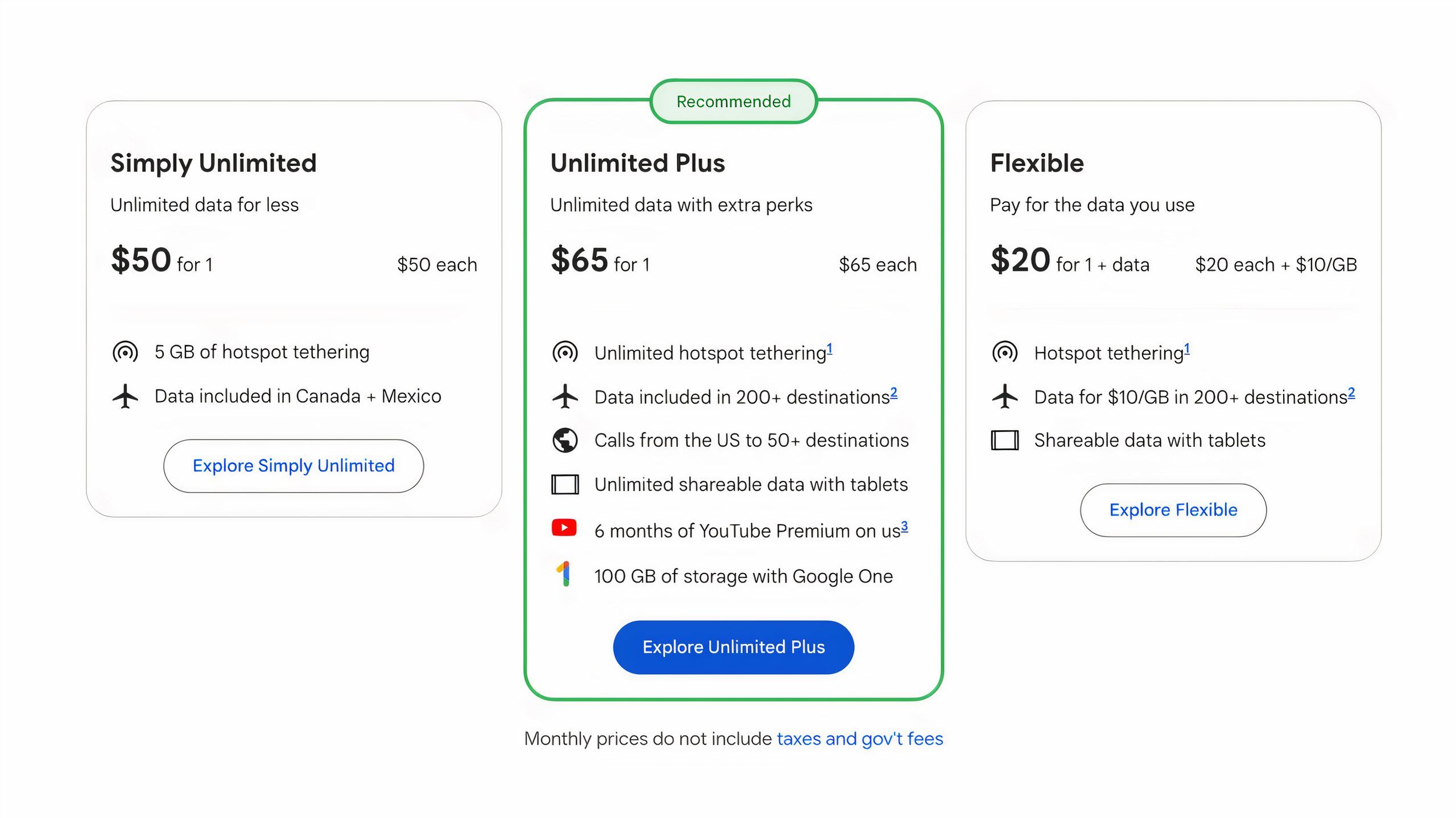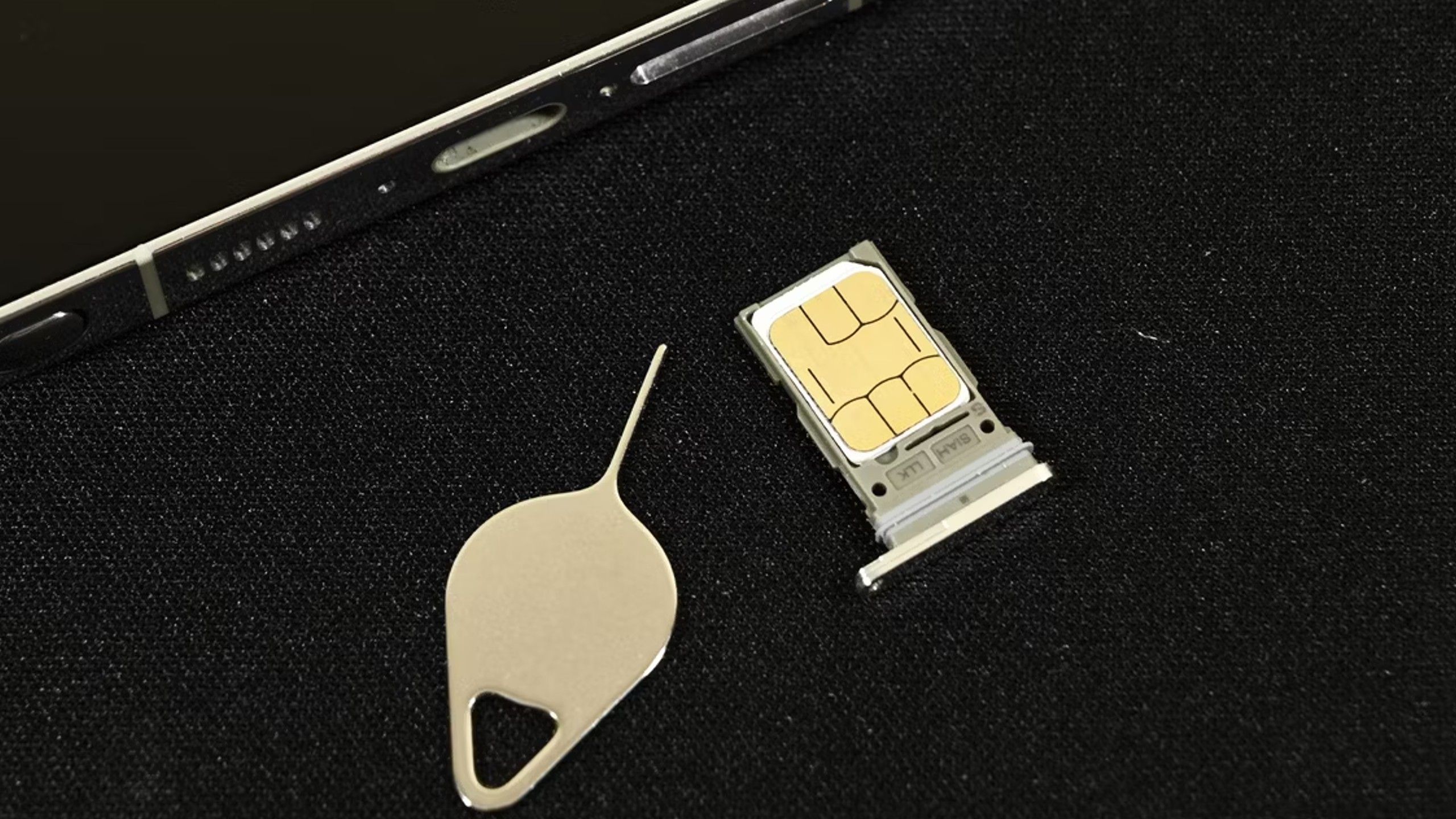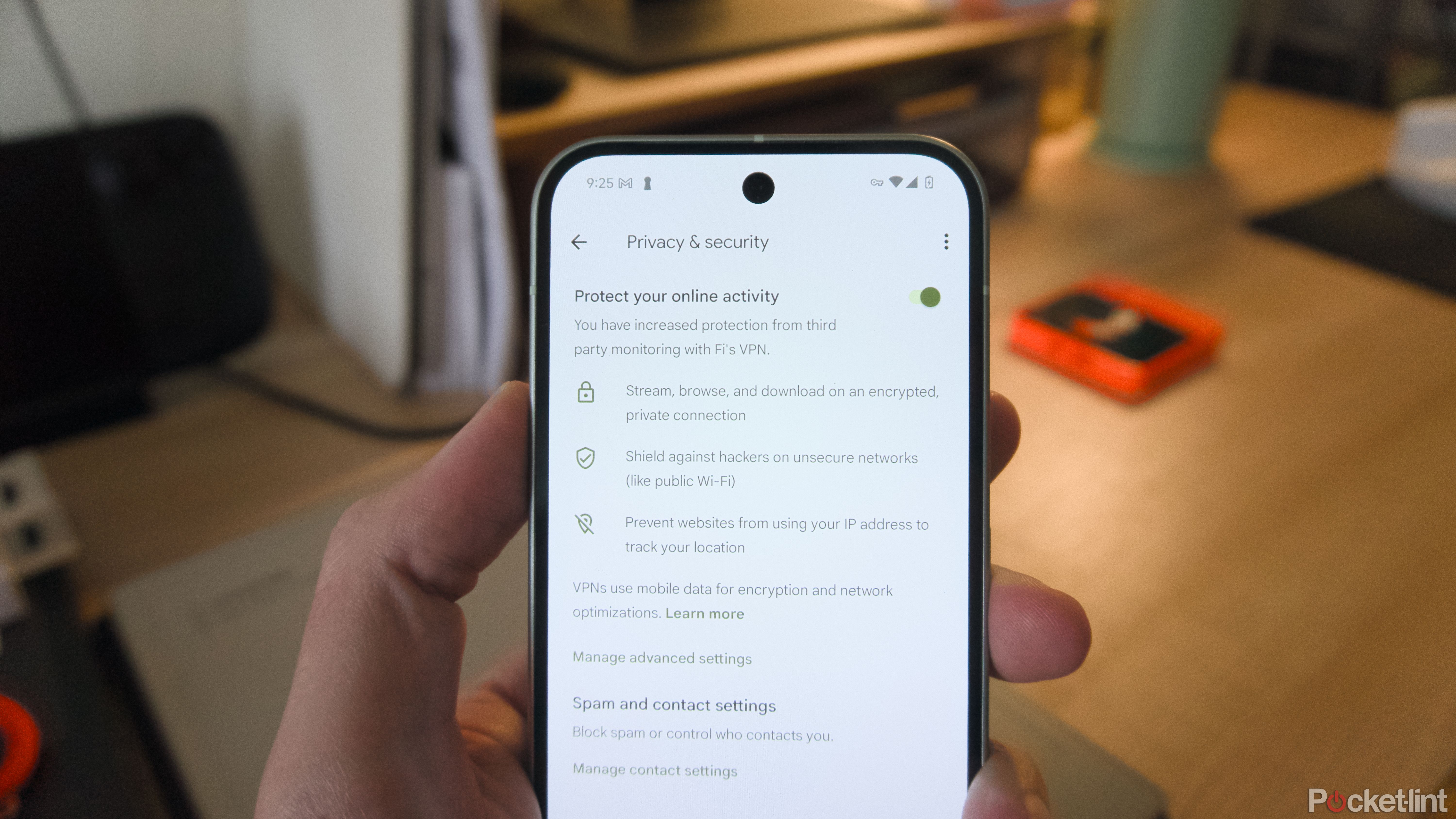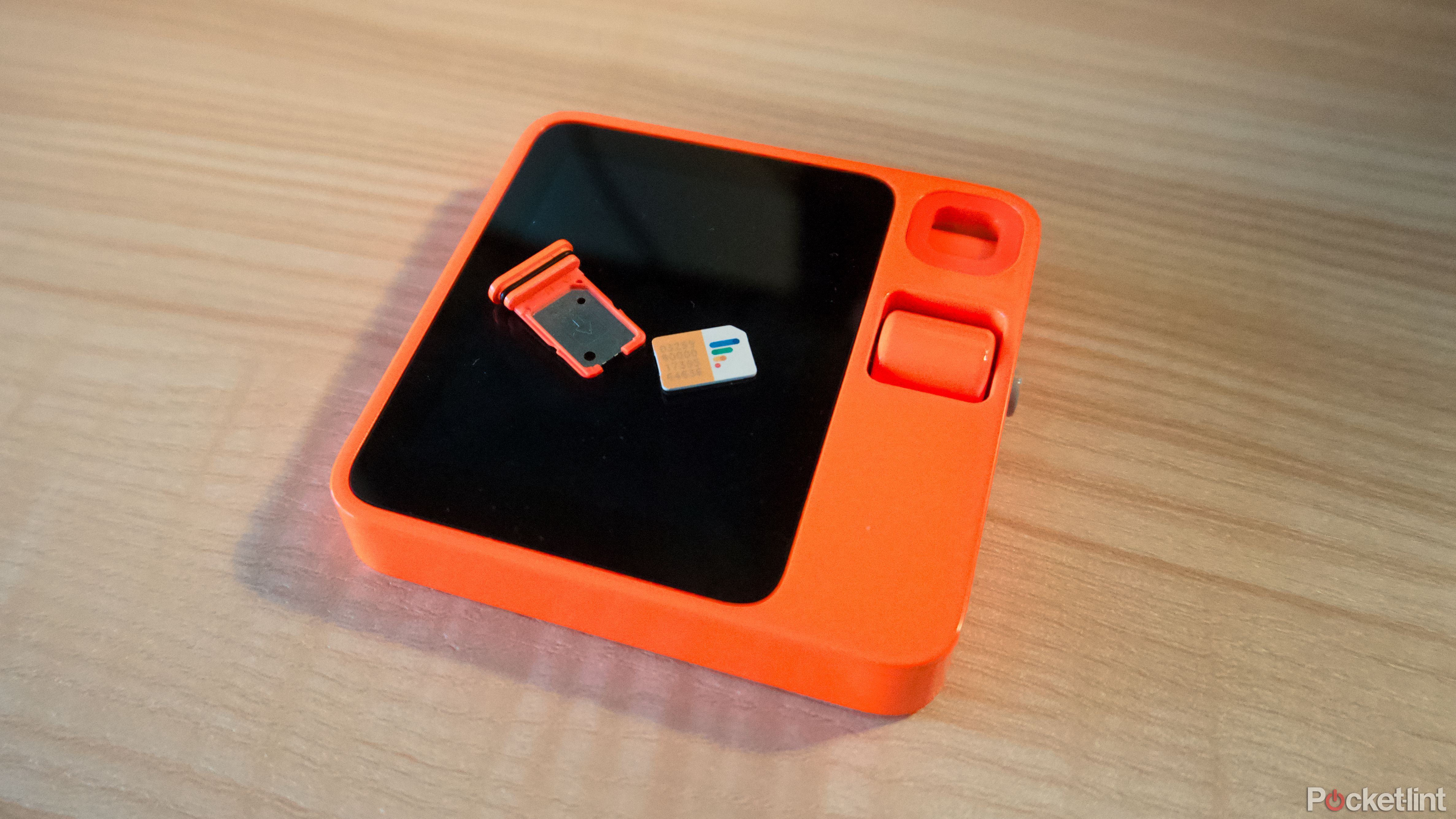Key Takeaways
- Google Fi Wireless lets you only pay for the data you use.
- The service makes it very easy to switch devices using its app.
- Google Fi also bakes in privacy features like a VPN at no additional cost.
If you’re looking for a new cell network, an unlikely source offers one of the more affordable options out there: Google. The company operates as an MVNO (mobile virtual network operator) called Google Fi Wireless that uses a combination of existing networks including T-Mobile and other international carriers to keep your smartphone connected.
“Project Fi,” as Google Fi Wireless was originally called, was designed to work exclusively with Android phones, intelligently switching between networks (Sprint and T-Mobile at launch) and Wi-Fi so that your device always has the fastest connection. Google has since added support for the iPhone in November 2018, and now only relies on T-Mobile in North America after the carrier finally acquired Sprint in 2019. Google Fi Wireless has multiple qualities that make it both more affordable and more flexible than other popular carriers, but here’s my top five reasons why I subscribe to Google Fi over all the others.
Related
How to set up an eSIM on Google Fi
Setting up a Google Fi connection on a new phone is basically as simple as downloading an app.
1 You only have to pay for the data you use
Fi offers multiple types of plans, including one where you only pay for the data you need
Google / Pocket-lint
Google Fi Wireless offers unlimited plans like any other modern cell service provider, but the network’s earliest and unique offering is its Flexible plan, which gets you unlimited calls and text for $20 per month, and then tacks on an additional $10 a month for each gigabyte of data you use, up to 15GB. Afterward, your data is slowed, but you’re not charged anymore.
Depending on how often you’re connected to Wi-Fi or use your phone online, the Flexible plan can offer some real savings over a traditional carrier. There’s a real expectation that customers will pay for things they won’t use, and it’s to Fi’s credit that it tries to create a different arrangement. Since Google makes it pretty easy to switch plans on the fly, you could also use a Flexible plan when you’re at home, and then switch to an Unlimited plan when you travel to maximize your savings.
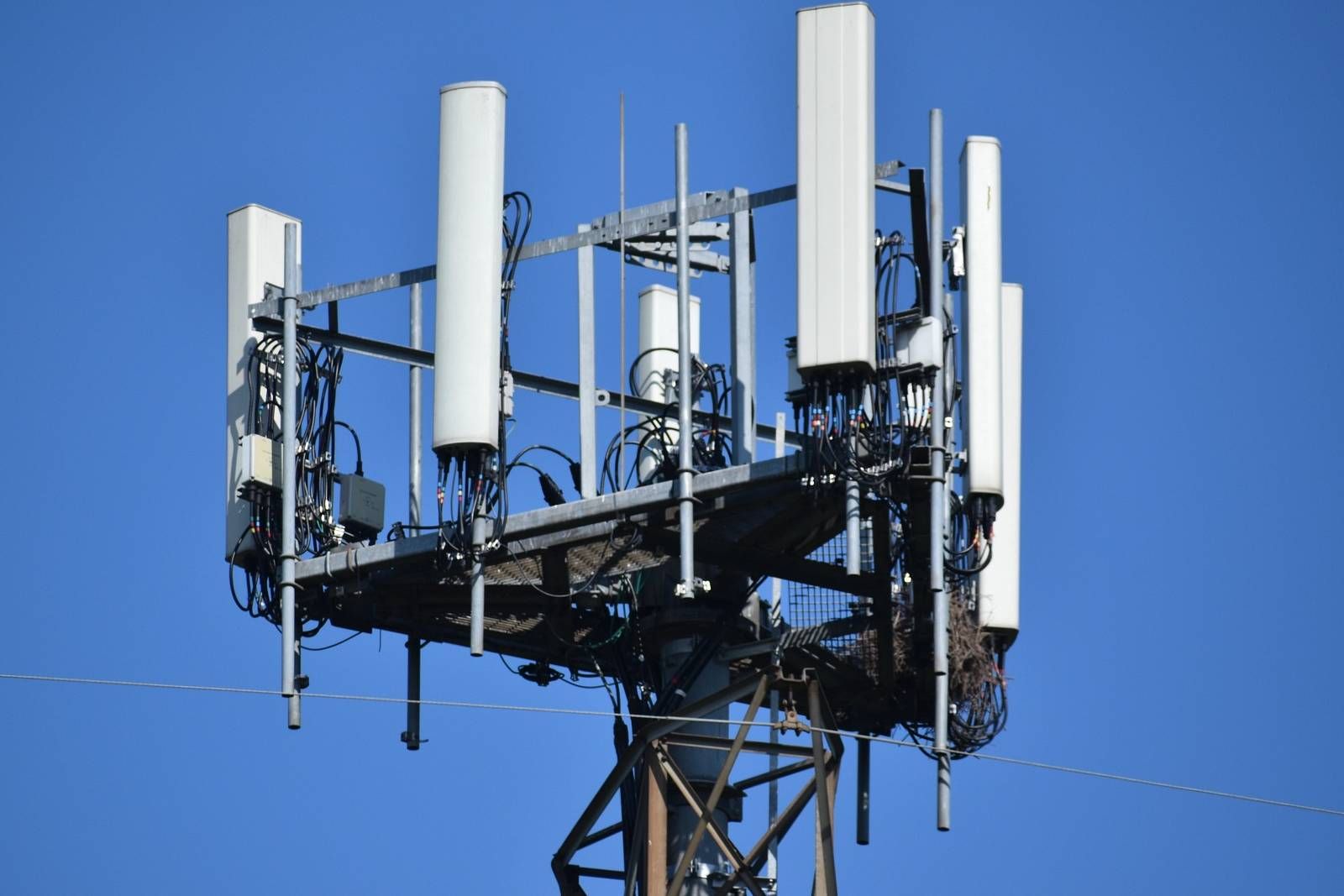
Related
What is an MVNO and how is it different from a regular carrier?
You’ve probably been exposed to all kinds of MVNOs without even knowing.
2 It’s easy to switch service to a new device
All you need is an app and your account login
Pocket-lint
Most MVNOs let you manage your account and even sign up for service through a mobile app, and Google Fi Wireless is no different. What’s great about the Fi app is it’s also the fastest way to move your service between phones. You just download the app to your new device, log in with your Google account, and agree to transfer service. After a few minutes, your new phone will be up and running on Fi’s network.
What’s great about the Fi app is it’s also the fastest way to move your service between phones.
This feature alone has made it exceedingly easy to use Fi while reviewing and testing new Android devices for work. The advent of eSIM has made switching between iPhones easier too, but I was consistently impressed at how seamless Google Fi Wireless was. I never had to worry about logging in to a separate carrier account or holding on to a specific passcode to move my phone number from one device to another. It just worked.
3 Coverage is consistent thanks to T-Mobile, and it works abroad
There are disadvantages to using an MVNO, but coverage isn’t one of them
Google / Pocket-lint
MVNOs are often the first to be throttled when demand is high on a network. It only makes sense that if Google is licensing network space from T-Mobile, it would be throttled before T-Mobile’s customers are. Even with that possibility, the advantage of T-Mobile’s network after acquiring Sprint is it now covers the vast majority of the United States.
Thanks to deals Google’s made with carriers in Europe and Asia, you should also be covered if you travel abroad, as well, provided you’ve signed up for one of the company’s Unlimited plans. Google Fi Wireless might occasionally offer slower speeds, but you can rest assured you’ll have cell service in the vast majority of places, especially in North America.
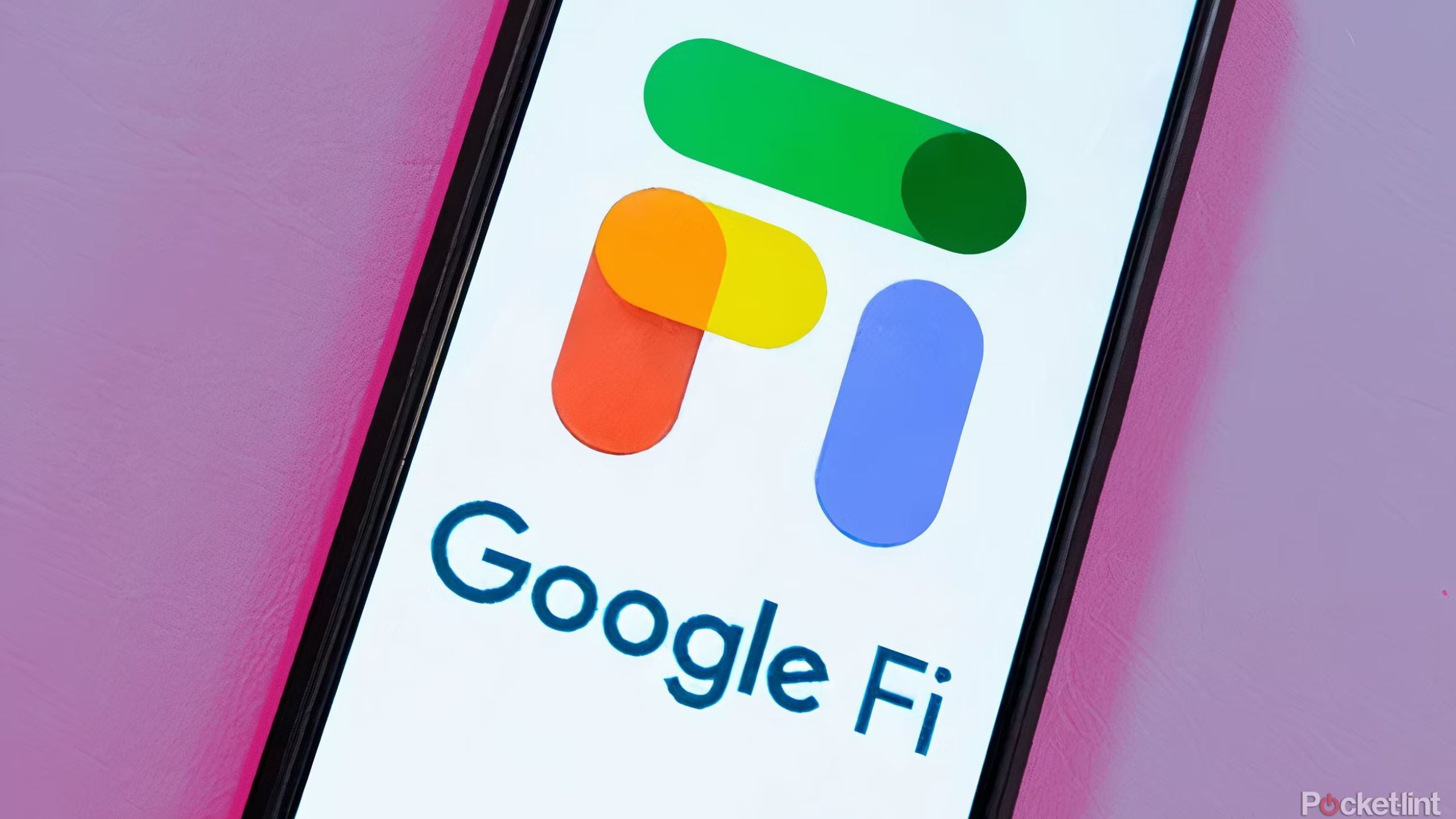
Related
Which carrier network does Google Fi use?
Google Fi’s infrastructure isn’t necessarily its very own. But, you’re probably familiar with its popular carrier partner.
4 Security features should give you some peace of mind while calling and browsing
Google bakes in services like a VPN at no additional cost
An extra advantage Google Fi Wireless has over other carriers and MVNOs is built-in security. Alongside cell service, Google also bundles in a VPN that encrypts and anonymizes the web browsing data of any phone on a Fi plan. That could offer more protection from target advertising and give you some peace of mind while using your phone.
If you’re calling someone who’s also on the Fi network and using an android phone, your call will also be end-to-end encrypted, which means not even Google is privy to what you’re talking about. These kinds of services would normally not be available or cost extra on another carrier or with different hardware. For example, Apple’s iCloud Private Relay, which can perform the role of a VPN for iPhone users, normally costs $0.99 per month unless you sign up for the company’s Apple One bundle. Either way you’d be paying for it on top of your normal cell plan without Google Fi.
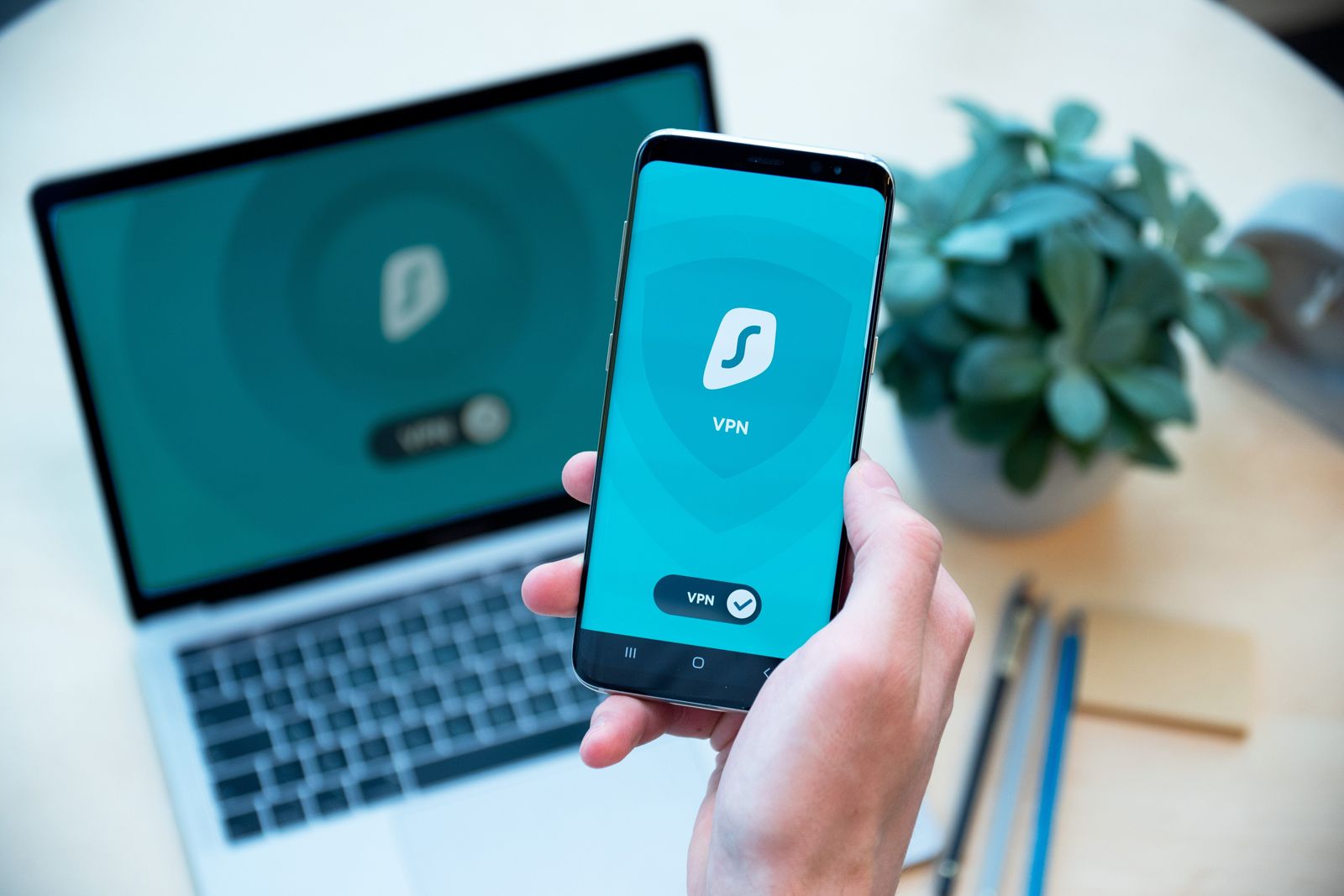
Related
What is a VPN and what do they do?
VPNs are a middleman between your computer or phone and the wider internet.
5 Google Fi makes it easy to share data with another device, just by ordering another SIM
The data you pay for is yours to use how you choose
If you’d like to use your Google Fi data on a separate device without having to sign up for another line, it’s possible with Google’s service. You can order an additional data-only SIM from Fi that you can slot into a tablet or any other device with support for cell service and a SIM card slot. Few carriers make it this simple to set up a new device on their network.
This data-only SIM card won’t let you make calls if slotted into another phone. It’s specifically for using your data on a secondary device, like a tablet.
I was able to use my Fi plan to connect my Rabbit R1 to the internet while testing it for an article. It feels sort of radical that Fi lets you use the data you pay for how you choose, and I’ve always appreciated that it gave me the option when other carriers wouldn’t.
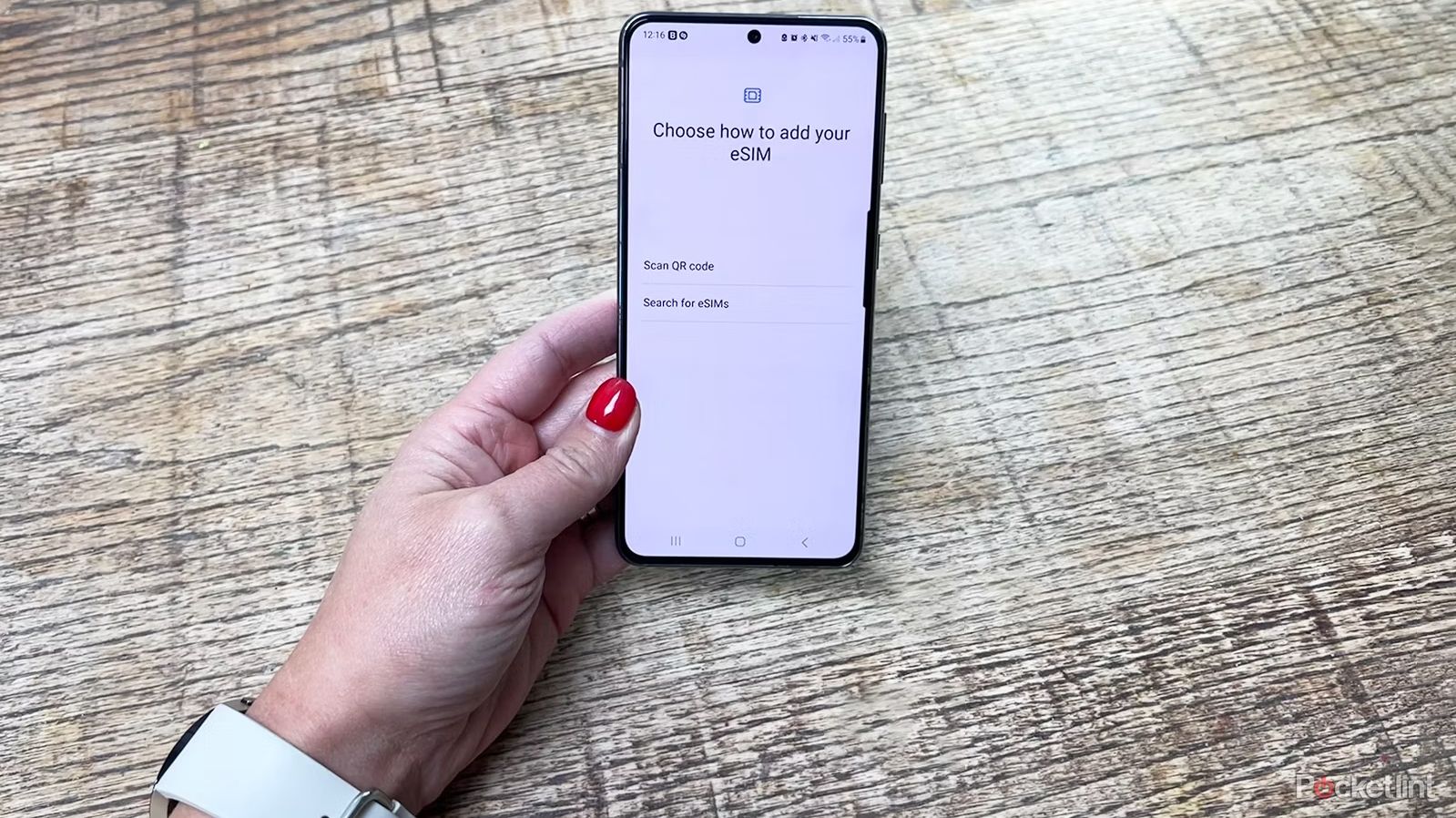
Related
eSIM on Android: What it means, how to set it up or transfer to a new phone
Physical SIM cards will soon be a thing of the past. Here’s what you need to know about your eSIM future.
Google Fi Wireless is one of the company’s most consistent products
In a time when Google seems to be actively degrading some of its core competencies like web search in the pursuit of tech trends, it’s nice when something as deceptively complex as cell service can work well. I’m glad that Google managed not to mess up Google Fi after all of these years. Sure, the machinations of the telecommunications industry have changed the pitch of Google Fi Wireless from what it originally launched as, but if it can offer a deal and features that just work, how could I really complain at this point?
For more information on how you can save money on your phone plan, we have an article on prepaid phone plans to peruse, and an in-depth look at one of Google Fi’s competitors, Mint Mobile, that is well worth reading.
Trending Products

Cooler Master MasterBox Q300L Micro-ATX Tower with Magnetic Design Dust Filter, Transparent Acrylic Side Panel, Adjustable I/O & Fully Ventilated Airflow, Black (MCB-Q300L-KANN-S00)

ASUS TUF Gaming GT301 ZAKU II Edition ATX mid-Tower Compact case with Tempered Glass Side Panel, Honeycomb Front Panel, 120mm Aura Addressable RGB Fan, Headphone Hanger,360mm Radiator, Gundam Edition

ASUS TUF Gaming GT501 Mid-Tower Computer Case for up to EATX Motherboards with USB 3.0 Front Panel Cases GT501/GRY/WITH Handle

be quiet! Pure Base 500DX ATX Mid Tower PC case | ARGB | 3 Pre-Installed Pure Wings 2 Fans | Tempered Glass Window | Black | BGW37

ASUS ROG Strix Helios GX601 White Edition RGB Mid-Tower Computer Case for ATX/EATX Motherboards with tempered glass, aluminum frame, GPU braces, 420mm radiator support and Aura Sync


